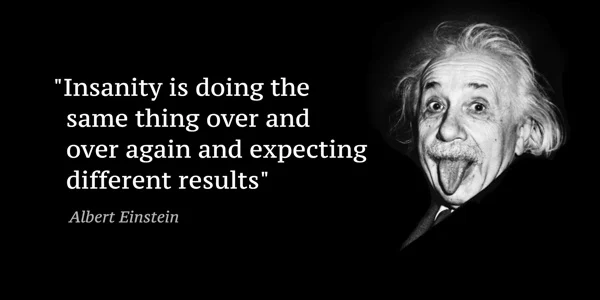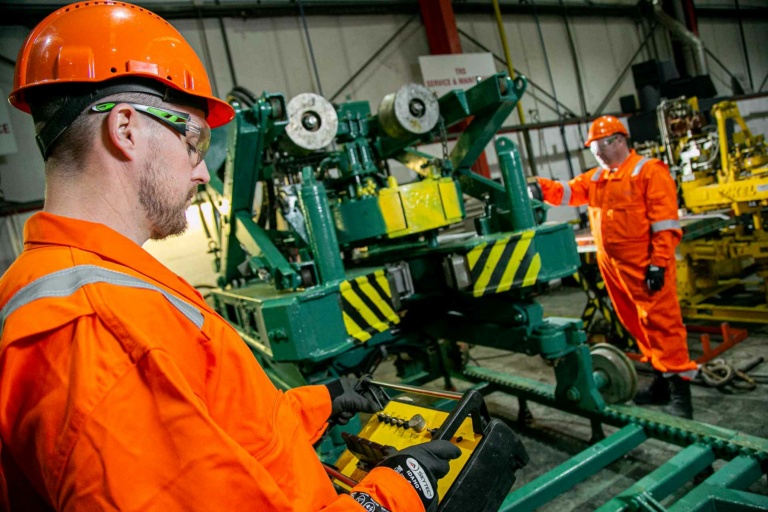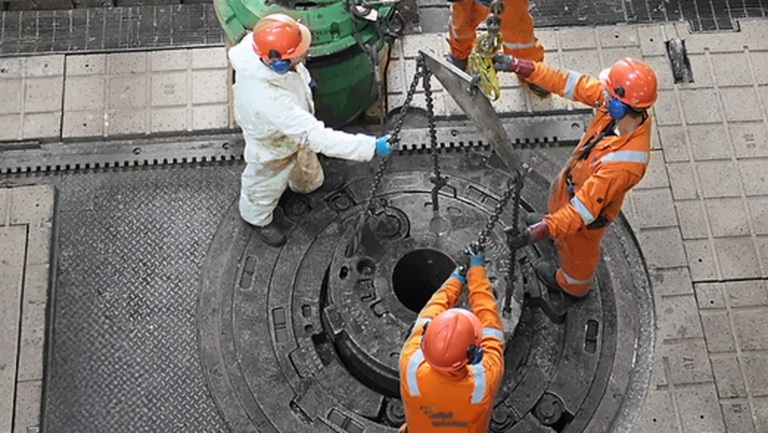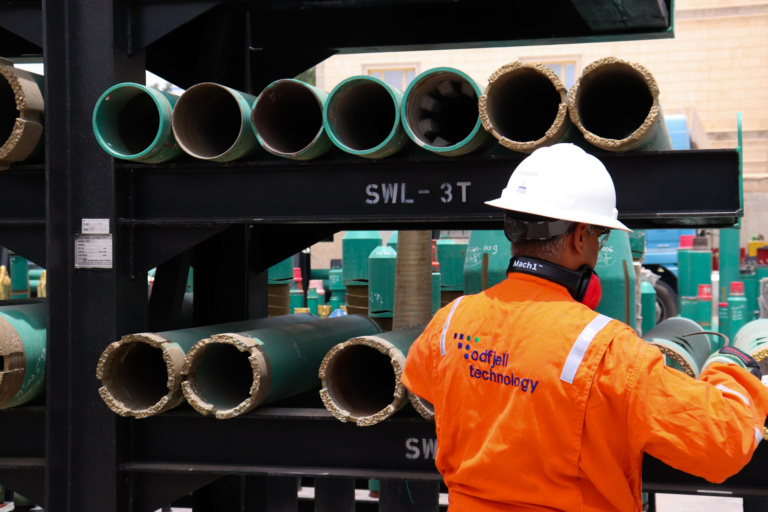Lean in Well Services offshore and onshore
In an industry where every second counts and time is money, it’s vital we streamline and optimize our systems to ensure quality end-products and services are delivered on time, every time and waste is cut to a minimum. Here at OWS we use “Lean” to drive this process. Lean is used to describe the methodology for continuously improving the flow and efficiency of work, maximizing customer value and reducing wasteful tasks. It involves committed employees and engaged leaders identifying improvement potential and making quality improvements.
It’s all about that waste, ’bout that waste… no trouble!
The aim is to eliminate waste. As described by Taiichi Ohno from Toyota “Waste is anything other than the minimum amount of equipment, materials, parts and working time to add value to the product or service.” The aim is also to incorporate less human effort, less backlog and less time to deliver quality well services.
The well-known “forms of waste” are:
- Transportation: Is there needless movement of products, forklifts, data, paperwork or emails from one location to another?
- Waiting: Are individuals, systems or parts idle while waiting for information, inspection reports, approvals, or clarifications from other processes?
- Overproduction: Are you processing an order before you need it, printing paperwork that might change before it’s used, are you maintaining equipment that will not get used in the next few years?
- Defects: Are there data entry errors, invoice errors that are returned for correction, rework on maintenance work orders, scrapped material, downtime on the rig?
- Inventory: Do you have more spare parts than you need, do you purchase more office supplies before they are needed, material waiting in boxes, unread emails?
- Human motion: Are employees walking to scanner, between offices, between work stations, back and forth between buildings, backtracking back and forth between computer screens?
- Over- Processing: Are you making extra copies, scanning multiple times, re-entering data into multiple information systems, over-maintaining equipment, relying on inspections rather than designing the process to eliminate errors?
The worst waste of all is underutilized human potential. This occurs when employee’s authority is restricted from making routine decisions, when highly paid staff does routine tasks that don’t require their unique expertise, when employees are not trusted to fix problems or not providing business tools to improve employee’s assigned work.
Some of these forms of waste add no value and can be eliminated immediately. “That’s embarrassing, let’s stop that” kind of wastes. Other types of waste add no value but are still necessary for the way things are currently done. There are still gaps to close, but there is no doubt that all these wastes are “non-value adding” activities to our well services which our customers do not want to and should not pay for.
The voice of our customers
Using Lean for well services offshore and onshore, starts and ends with the customer. We need to be able to measure our performance compared to customer needs. An example of how the voice of the customer translates into Quality critical requirements.
| Voice of customer | Key Issue | Quality critical performance |
| I want my equipment quickly | Cycle time | The equipment needs to be delivered within 48 hours of placing a request |
| I want my equipment functioning properly | Defects | I want my equipment delivered with 0 faults causing 0 nonproductive time |
| I do not want to enter the same data multiple times in different systems | Rework | Each piece of data is entered only once |
A Lean delivery of downhole equipment
Let’s say our Rental Tool Coordinator receives a call from a customer asking for a hole opener. The customer needs it urgently, we have approximately 40 items in stock, it’s not like we can just run down quickly and grab it off the shelf. Systems need to be in place. We need to know what condition it’s in. Has it undergone maintenance work? Has it been inspected? Does it have the right certificates? Does it meet the specification? We wouldn’t want to send out a hole opener that doesn’t fit the customer’s requirements. All the information about the product needs to be processed in a very short period, so the workshop knows exactly how to dress the tool, so the warehouse knows the shipping details and so all involved can meet the timeframe required by the customer. Lean is used here to ensure all knowledge required for the various activities are easily available to all parties throughout the process, ultimately minimizing errors, wasteful phone calls, rework, waiting time for clarifications and ultimately adding value to the delivery of the end product and providing excellent well services.
Some of the Lean tools we use at OWS
- 6S – Sort, Straighten, Shine, Standardize, Sustain and Safety in our workshops and offices, including 6S inspections
- VSM – Value Stream mapping – Identify all the steps in the value stream for each product group, eliminating whenever possible those activities that do not create added value and identifying improvement actions.
- Visual management – 6S boards in the workshops and offices visualizing maintenance jobs, delivery status, planned mobilizations, resource allocation, and best practices
- Morning meetings – Short team meeting every morning with the help of the boards to assist with planning of maintenance, deliveries, resource allocation, task assignment, team member absence, overtime and handling fault reports
- One point lessons – Visualizing important work standards and best practices at the workplace.
- Standard work – Global Standard processes– Ensuring processes are followed the same way, from mobilization to maintenance to rig site operations, regardless of location
- Improvement groups- Teams that work to reduce waste in their own workplace
- PDCA groups – practical problem solving – A group of experts who analyze reported problems and apply root cause analysis and experience transfer to avoid repeat incidents
- Customer satisfaction surveys – Measuring our customer’s temperature and implementing actions according to their feedback
- Process KPIs – Monitor our performance and efficiency with selected key performance indicators
A Lean, mean, well-oiled machine
Lean varies from company to company but the basic principles remain the same. Lean is more a common methodology, a business culture, a mindset. It satisfies customers effectively and efficiently, boosts execution through teamwork and communication and enables leaders to produce better products and services delivered faster at a lower cost. Providing great offshore and onshore well services will ensure happy, contented customers, something we all want!
Remaining competitive requires thinking, breathing, working and living Lean. Continuous improvement is the key to it all, let’s remember what Einstein said “Insanity: doing the same thing over and over again and expecting different results.”
Topics: QHSE
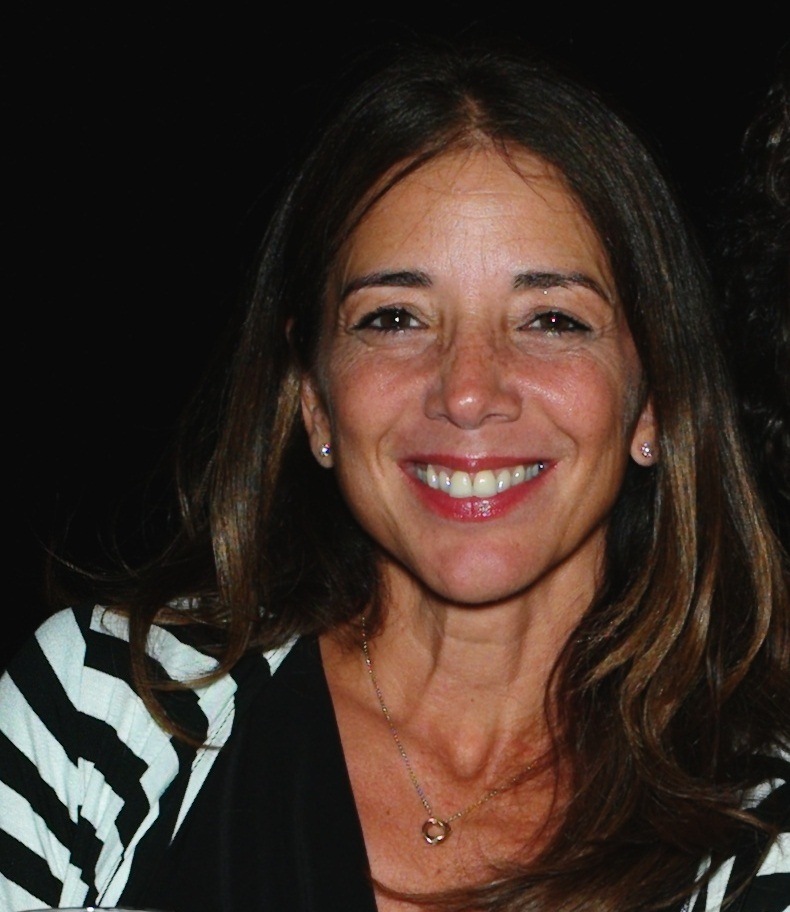
By: Sonia Anderson
Sonia has over 20 years experience (nearly 30) working as a quality, health, safety and environmental (QHSE) professional with a diverse background from international assignments in both private and public sectors. Her early experience was in the US Public Health Service as an engineer officer in different government programs for consumer protection and disease prevention. She spent the last 15 years working in the cruise industry, aviation industry and now recently in the oil and gas industry in different positions within QHSE. Sonia is part of the management team in OWS and as VP QHSE is responsible for leading the OWS global QHSE team and continuously improving QHSE management systems and performance.
